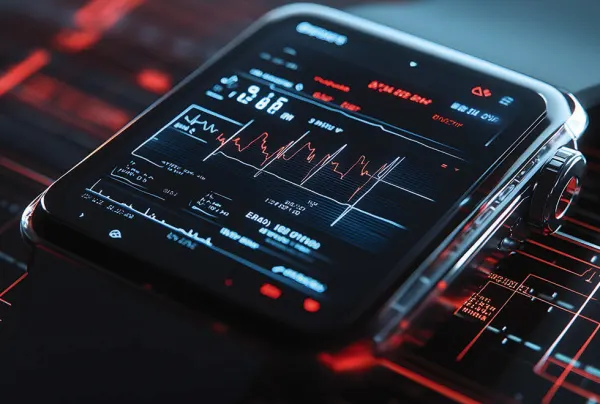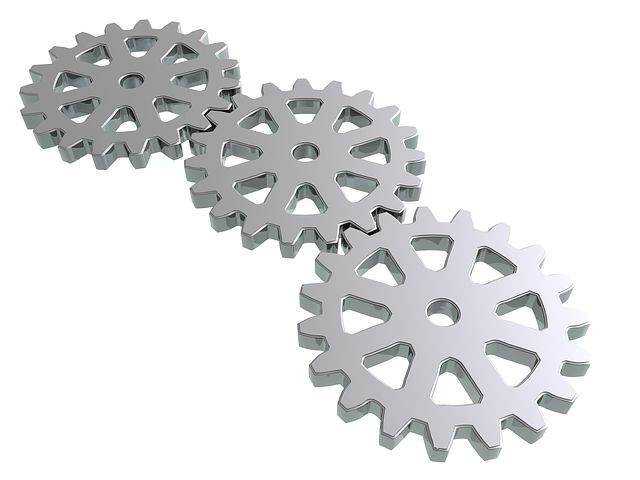Components
-
2025.05.28
Guest Editorial: The Power of One When Choosing Stent and Catheter Partners
As device designs become increasingly sophisticated, medtech companies are understandably seeking contract design and manufacturing partners that can accompany them on comprehensive product journeys — from initial concept to validation to large-scale manufacturing, and everything in between. This places a differentiating premium on partners with the ability to combine ideation and early-stage development with materials science and process technologies.

Read More -
2025.04.24
Proof of Life: The Rapid Evolution of Biosensors for Fitness, Health, and Wellness
Biosensors are devices that can monitor physiological states, like heart rate or blood pressure, or detect biological parameters such as glucose levels or the presence of specific proteins in the blood.

Read More -
U.S. Tariffs: Implications and Strategies for Medtech Manufacturers
In a dramatic shift that could reshape the medical device industry, the U.S. government’s sweeping tariff hikes — particularly a 125 percent levy on Chinese goods — have sparked both alarm and opportunity among U.S. medtech manufacturers.
Read More -
2025.02.05
Under Pressure: Selecting the Right Pump for Cardiac Ablation Devices
A deep dive into cardiac ablation devices and the importance of selecting the right pump for such devices.
Read More -
2025.01.04
Exploring the Requirements for Reliable, High-Performing Elastomeric Medical Components
As medical devices become increasingly specialized and specific, the need for complementary componentry only grows. This critical, life-saving equipment depends on the ultimate in reliability and consistency, and device manufacturers must accept no compromises when sourcing items like latex or thermoplastic tubing, custom dip-molded parts, and more.
Read More -
2024.10.25
New Data Debunks Death Risk Warnings on Paclitaxel-Coated Devices
Based on a new meta-analysis on paclitaxel-coated devices, FDA updated guidance that eliminates the requirement for device manufacturers to include specific warning language within device labeling.
Read More -
2024.08.14
Plastic Gears Are Enabling Today’s Advanced Applications
Here’s what to consider, whether you’re converting from metal to plastic gears or designing gears for a novel device.

Read More -
2024.08.13
8 Advantages of Machining Your Metal Device
Machining metals is one of the best ways to ensure companies remain competitive in manufacturing.

Read More -
2024.07.12
A Miniaturized Robotic-Assisted Surgery System
The advancements in the design of robotic-assisted surgery (RAS) systems continue to aim toward enabling operations to be performed through small incisions. This is done by providing the surgeon the ability to control robotic arms and cameras with precision. The goal of RAS is to help surgeons perform procedures reproducibly in a minimally invasive manner, which, in turn, can lead to advantages such as reduced pain and shorter hospital stays.

Read More -
2024.05.22
Component Selection Considerations for Sensor-Driven Medical Devices
ompanies introducing new sensor-driven technology into the biosensor market must make careful, strategic decisions during the design phase if their products are to compete with established players. Often lost in the excitement of burgeoning product ideas is the need for component compatibility, but this is a critical consideration that significantly impacts market viability.
Read More









